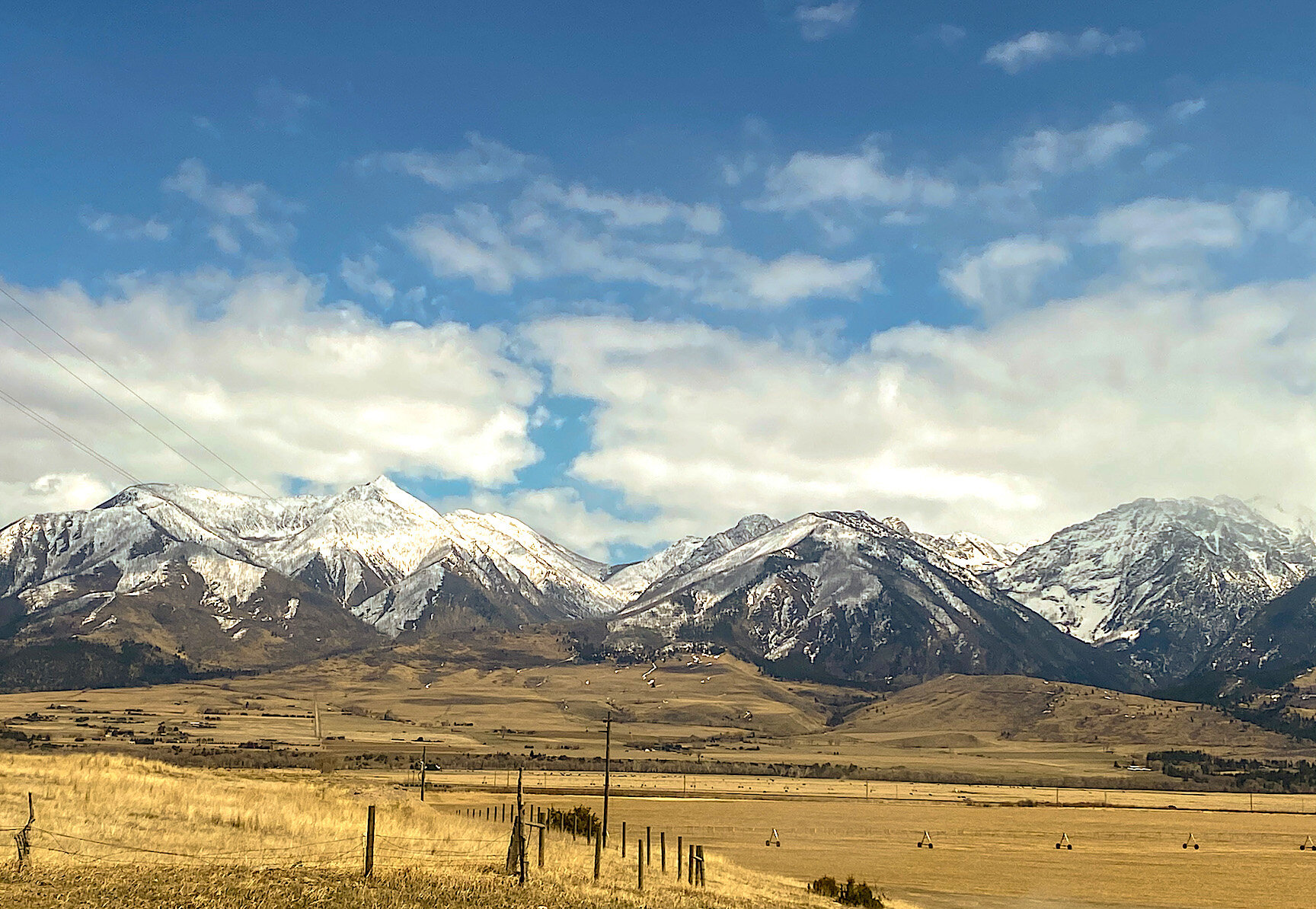Unforgettable Elk
by Travis Volk
photo by Travis Volk
The horses’ steel shoes threw sparks as we climbed the cliff trail up Yankee Jim Canyon in the dark. Elk bugles bounced around the valley, some close enough to raise the hairs on the back of our necks. It was an unsettling feeling relying completely on our horses’ to navigate the dark trail. But Dad and I had been here many times. Although the horses were on edge, we trusted them. Our adrenaline ran high as we anticipated what daylight would reveal.
Hearing the elk made us think we were already “in the game,” but reaching our optimal position before shooting light was critical. Montana elk have a tendency to transition quickly from feeding areas to heavy cover before legal shooting light. Experienced hunters know when and when not to approach elk under the refuge of darkness. Anticipating where the elk would be at shooting light required experience, a bit of luck, and getting there before they did.
As usual, first light revealed the magnificent splendor of Montana. Devil’s Slide, Electric Peak, Sheep Mountain, the steam rolling off the Yellowstone River backlit by a cotton candy, pink sky. The majesty of Paradise Valley. This alone was enough to make our day, but there was little time to admire scenery the elk took for granted – we needed to hurry. We tied the horses and could see the elk making their way up a distant ridge. We were headed for a nearby bench where we knew the elk would travel as soon as they reached timber line. Catching them exposed after shooting light would be a rare success. We pushed hard up the steep face.
You can see why they call it Paradise Valley. Photo by Travis Volk
Once we crested the ridge onto the bench, we immediately saw elk movement to our right. How the elk had closed the distance so quickly was astonishing. Like Superman, Dad flew to his belly as a massive, six-point sprang across a small clearing. Dad made one quick shot as the elk passed. The bull blasted through heavy timber and out of sight. We scrambled to find the bull, searching for blood, tracks,… any sign. We circled, slowly increasing our radius. Nothing. It was a rare miss for my father. Without hesitation we continued along the bench rim. We’d walked only a few yards before two brush bulls threw up their heads. Dad aimed toward them, but there was no clear shot. Only the elk’s dark faces were visible. As we shifted to clear a shot, the elk eddied and were gone. We pushed on behind the herd which was now moving straight up hill. The heavy timber slowed the large group allowing continuous views. We scanned desperately for a lagging bull, their pungent musk unforgettable as they fled across the last visible ridge and into Yellowstone Park. Our chase was done for the day.
Challenges like this epitomize hunting and the spirit of adventure for Dad and me. And probably you, too. Developing harmony with the horses, witnessing first light from atop the mountains, spending time with family, and adapting to the endless variables cast to us by nature build character, strength, conviction, and the feeling of accomplishment. Hunting is not about taking an animal on any particular day, and outside of “putting meat on the table,” it’s about unique encounters with nature, facing challenges, inspiring confidence, and living life filled with exploration.
Walking into Yellowstone. Photo by Ron Spomer
Elk hunting Paradise Valley was often feast or famine. When the elk cooperated, it was full of action with fast and explosive encounters. The terrain was rugged and unforgiving, giving full advantage to the intelligent and incredibly adaptive beasts. Consistently patterning elk in an expansive range like Paradise Valley is something that requires a lifetime of experience. Using high mountain benches and saddle passages, elk can travel between major drainages finding new food sources almost daily. They are big animals, and as such, they have different behavior than deer. Elk typically migrate from 15 to 30 miles to access rich food sources throughout the year. The size of their range heavily depends on the altitude of their summer calving areas. This dictates the winter snow depth and the distance the elk are required to move to reach forage. Many hunters luck into elk moving to and from food sources along roads early mornings or late evenings. Understanding where elk go under extreme conditions takes time. This year we will accompany a group of Eastern hunters back to this very same hunting territory. It’s an opportunity to share the “last best place” with new friends and reflect on the magic of Montana.
Tradition calls on us to serve as wildlife stewards and help protect our children’s outdoor lifestyle. Start planning your next hunt and keep the spirit of adventure alive.







